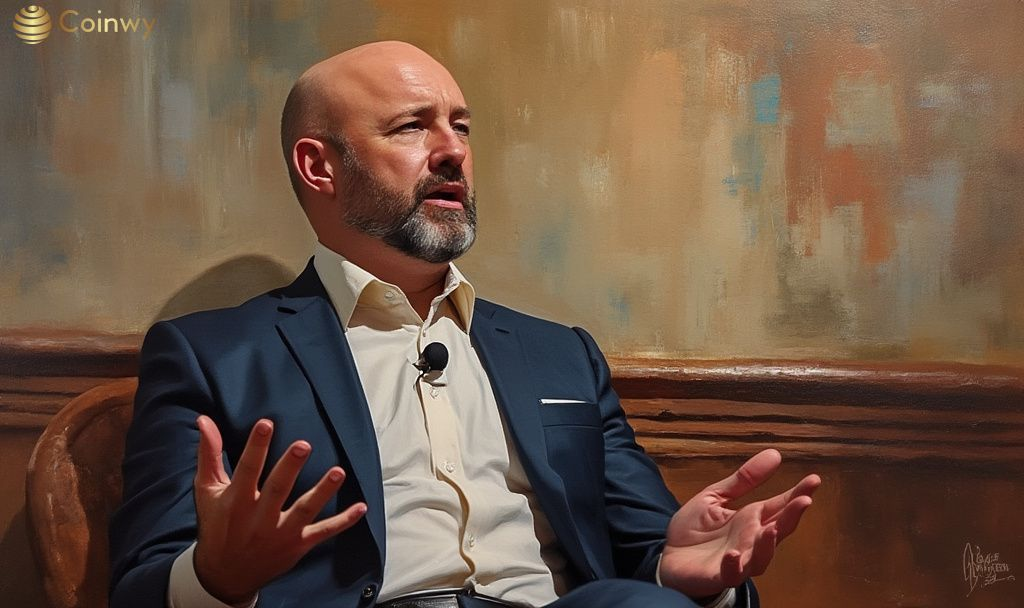- Arthur Hayes predicts significant Bitcoin price increase by 2028.
- Forecast relies on expected monetary policy shifts.
- Bitcoin might become a primary hedge against liquidity trends.
Arthur Hayes, co-founder of BitMEX, has predicted that Bitcoin could reach $1 million by 2028. This forecast was shared at the Token2049 event in Dubai, focusing on potential shifts in monetary policy.
Hayes’ predictions highlight the potential macroeconomic impacts of impending monetary policy shifts on Bitcoin’s future value.
Bitcoin acts as a barometer for global liquidity conditions…If the Fed reverses QT and continues to buy Treasuries through QE, it could inject a large amount of liquidity into the financial system, driving investors into hard assets like Bitcoin.
– Arthur Hayes, Co-founder, BitMEX source
Arthur Hayes, a recognized figure in crypto derivatives, asserts that Bitcoin’s price could leap dramatically. He ties this prediction to expected major monetary policy shifts amidst global financial changes, notably targeting $1.5 million by 2028.
Hayes, known for founding BitMEX, associates these potential price surges with broader macroeconomic liquidity dynamics. His forecasts suggest a reliance on aggressive central bank moves and increased investor focus on Bitcoin as a safe haven.
Hayes outlines how monetary decisions might influence asset valuations, emphasizing Bitcoin’s position as a global liquidity barometer. He acknowledges that government bodies are unlikely to adopt Bitcoin as a reserve asset presently and anticipates private market maneuvers influencing Bitcoin trajectories.
His analysis, drawn from historical patterns and current data, underscores potential for Bitcoin in expanding markets. While the U.S. government maintains a distance from direct Bitcoin investments, Hayes’s stance suggests pending opportunities for institutional players as liquidity contexts evolve.
Anticipated outcomes emphasize major financial shifts and investor behavior affecting Bitcoin’s market status. Hayes’s view contributes to ongoing dialogues surrounding economic policy, suggesting increased strategic movement in cryptocurrency markets.






